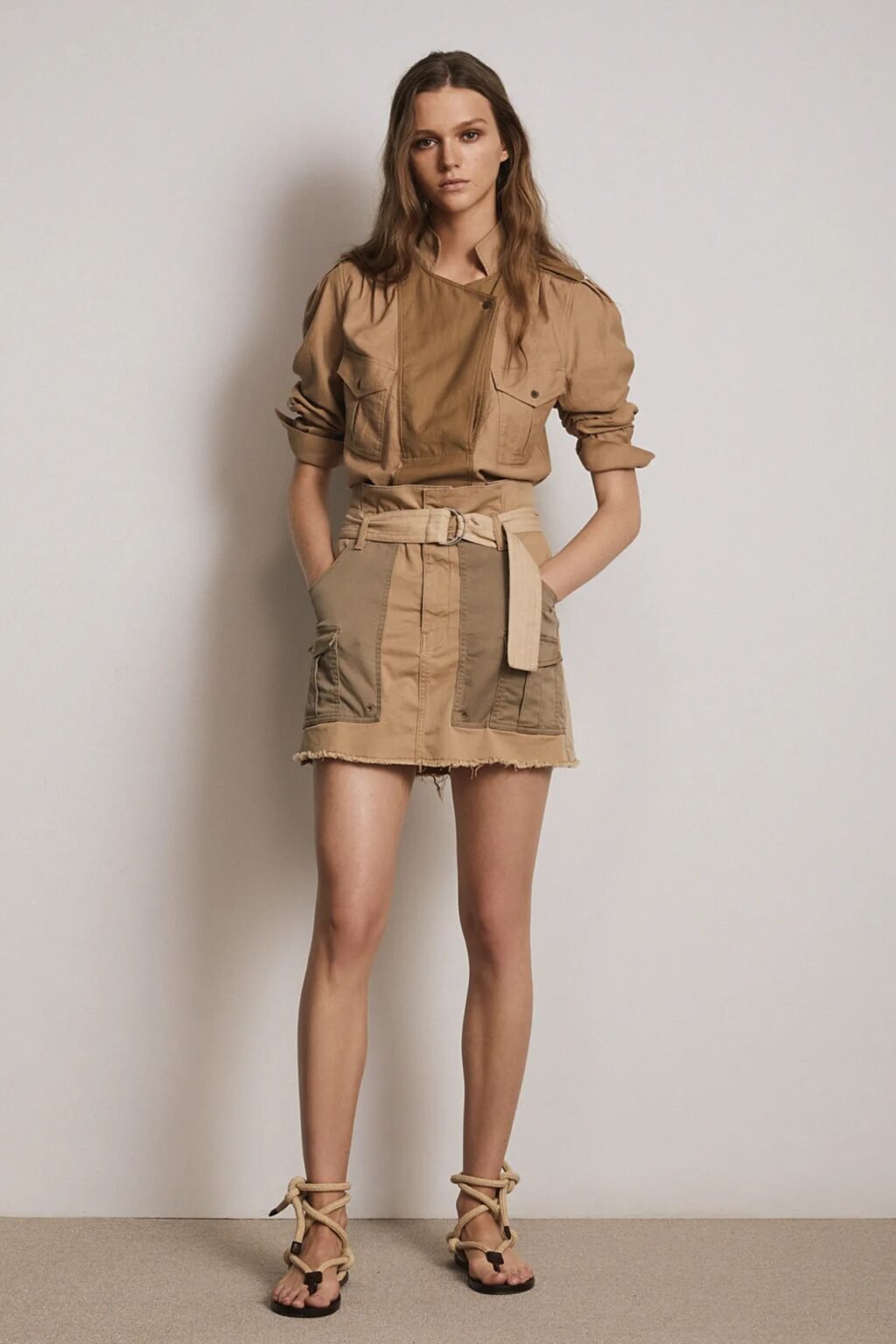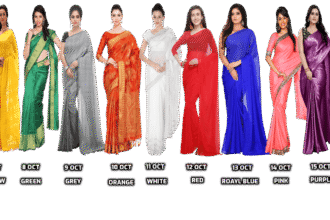Introduction
Fashion in Frame explores how clothing becomes language once placed within a deliberate visual context. Today’s visual ecosystem demands more than attractive garments: it requires coherent frames that communicate identity, intent, and emotion at a glance. Designers, stylists, photographers, and content strategists each contribute a layer of expertise and experience that, when aligned, build credibility for a brand or creator. This article highlights the practical craft behind those choices how selective details like fabric movement, color contrast, or negative space influence perception and why those decisions matter for audience trust and long-term reputation. Rooted in professional practice and transparent about creative intent, the guidance here echoes principles: it privileges demonstrable experience, clear explanations, and ethical framing. Read on for a concise map of how styling, photographic technique, platform awareness, and ethical decision-making together shape fashion’s visual arguments.
Styling as Intentional Storytelling
Styling functions as the connective tissue between garment and narrative: it decides what elements will carry meaning inside the frame. A stylist assesses texture, proportion, accessory language, and movement to create an immediate read for viewers. For commercial shoots the priority is clarity and desirability showcasing fit, function, and how an item integrates into a wardrobe while editorial styling can emphasize symbolism, historical reference, or cultural commentary. Good styling considers the body as collaborator, not canvas: it adapts garments to flattering movement, diverse shapes, and authentic representation. Thoughtful layering, color blocking, and selective accessorizing guide the eye and invite interpretation without confusion. In practice, a stylist’s choices should be informed by experience prior shoots, knowledge of fabrics, and awareness of audience expectations so every clothing choice feels purposeful rather than arbitrary. When styling is executed with craft and transparency, it elevates the frame from mere product display to credible storytelling that builds trust and aligns with a brand’s stated values.
Composition, Light, and the Viewer’s Journey
Photography translates styling into readable imagery through composition, lensing, lighting, and motion. The photographer directs where the viewer looks first, what details register second, and how mood is conveyed using angle, depth of field, and light quality as their vocabulary. A high-key, evenly lit image suits commerce because it reveals color and cut accurately; moody, directional light supports editorial narratives by sculpting form and suggesting subtext. Movement whether a breeze catching a hem or a model’s walk adds tactility that invites emotional connection. Technical proficiency matters: accurate color reproduction, sharpness where it counts, and well–managed highlights/ shadows all support credibility, reducing the risk of misleading presentation. Collaboration is crucial; photographers who work closely with stylists, makeup artists, and art directors create frames that feel cohesive rather than patched together. By centering both technical excellence and narrative intent, photography becomes the mechanism that ensures the frame communicates honestly and memorably.
Platform & Audience: Tailoring Frames to Context
Where an image appears shapes how it should be made. Print editorials tolerate complex compositions and slower reveals because readers linger; social platforms demand immediate hooks, mobile-first cropping, and a rhythm suited to short attention spans; e-commerce requires consistent angles and neutral backgrounds for easy comparison. Understanding platform conventions informs technical choices—aspect ratio, pacing in motion content, and even how typography or on-screen overlays are used. Equally important is audience literacy: what signals communicate luxury to one segment may read as inauthentic to another. Effective creators test and iterate, using data and experience to refine visual language while maintaining a coherent brand voice. Tailoring frames to context also includes accessibility considerations clear contrast, legible captions, and inclusive casting to ensure messages reach and resonate broadly. A platform-aware approach increases relevance and conversion while preserving the narrative integrity of the visual story.
Ethics, Authenticity, and Long-Term Trust
Ethical framing is not optional it underpins trust and sustainable reputation. Authentic visual storytelling rejects manipulative practices like deceptive retouching or exploitative cultural appropriation and instead prioritizes accurate product representation, diverse casting, and clear disclosure when images are staged or altered. Sustainability claims require verification: visual cues like recycled-material tags or production transparency should match documented practice. Ethical choices also extend to model treatment, fair crediting of creatives, and sensitivity to cultural symbols. When brands and creators practice these principles publicly, they demonstrate experience and authority: audiences increasingly reward transparency with loyalty. Practically, this means including accurate fit information in product images, labeling retouched photos where appropriate, and choosing cultural references with consultation and respect. Ethical framing is a strategic investment short-term constraints are offset by long-term credibility and alignment with consumer expectations.
Conclusion
Thinking of fashion as “in frame” reframes creative decisions as arguments each image makes a claim about identity, quality, and value. That argument becomes persuasive when styling, photography, platform strategy, and ethical practice align under the guidance of experience and transparent intent. For creators and brands, mastering this visual grammar delivers clearer positioning, stronger audience relationships, and measurable outcomes. Approached with craft and conscience, fashion framed well does more than sell clothing: it communicates values, evokes emotion, and builds durable trust. Practice, documentation of results, and a commitment to honest representation are the practical pillars that make those claims credible and enduring.
FAQs
Q1: How long should a fashion shoot’s planning phase be?
A1: Planning varies, but most commercial shoots benefit from 1–3 weeks of preproduction for concept, sourcing, and logistics; editorials often require longer to secure talent and locations.
Q2: Should brands always disclose retouching or staging?
A2: Transparency is best practice. Disclosing heavy retouching or staged scenarios protects trust; minimal color correction for accuracy is commonly acceptable but should still reflect product truthfully.
Q3: What’s the difference between editorial and commercial imagery?
A3: Editorial imagery prioritizes concept and narrative and can be more stylized; commercial imagery emphasizes clarity, consistency, and product accuracy for purchase decisions.
Q4: How can small brands implement ethical framing on a budget?
A4: Start with inclusive casting within your community, honest product descriptions, minimal but truthful retouching, and clear credit for collaborators small steps that build credibility.









